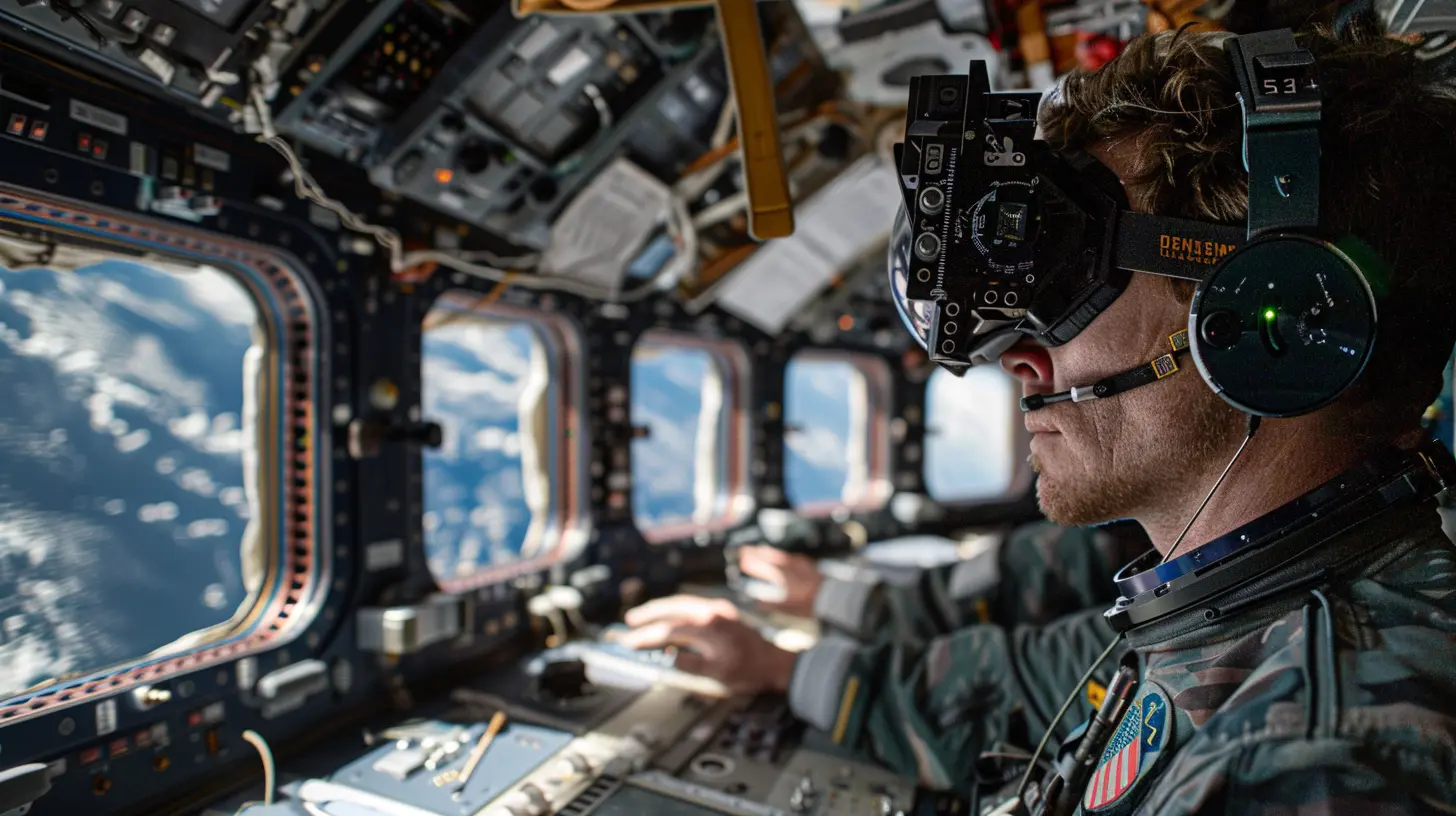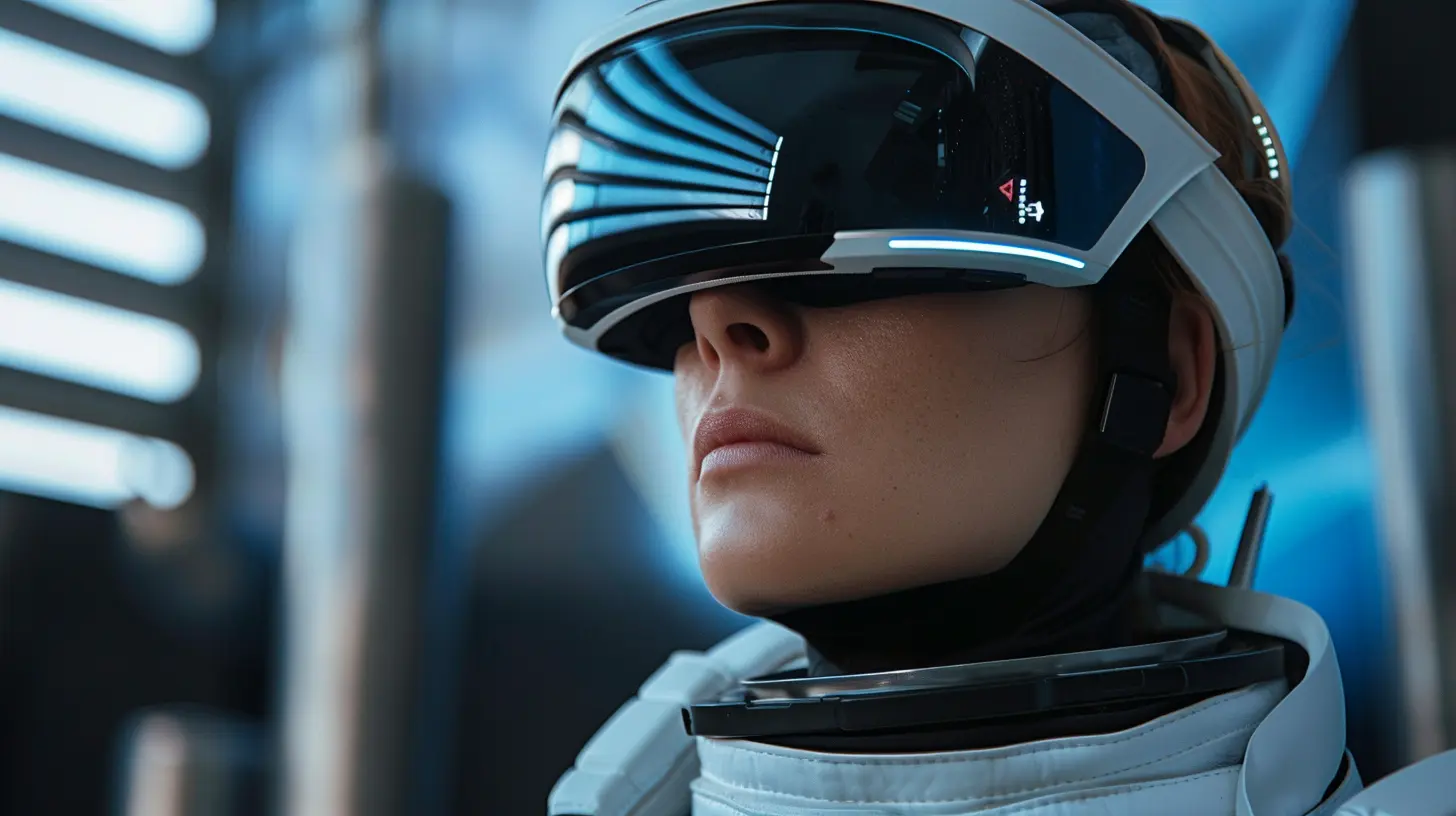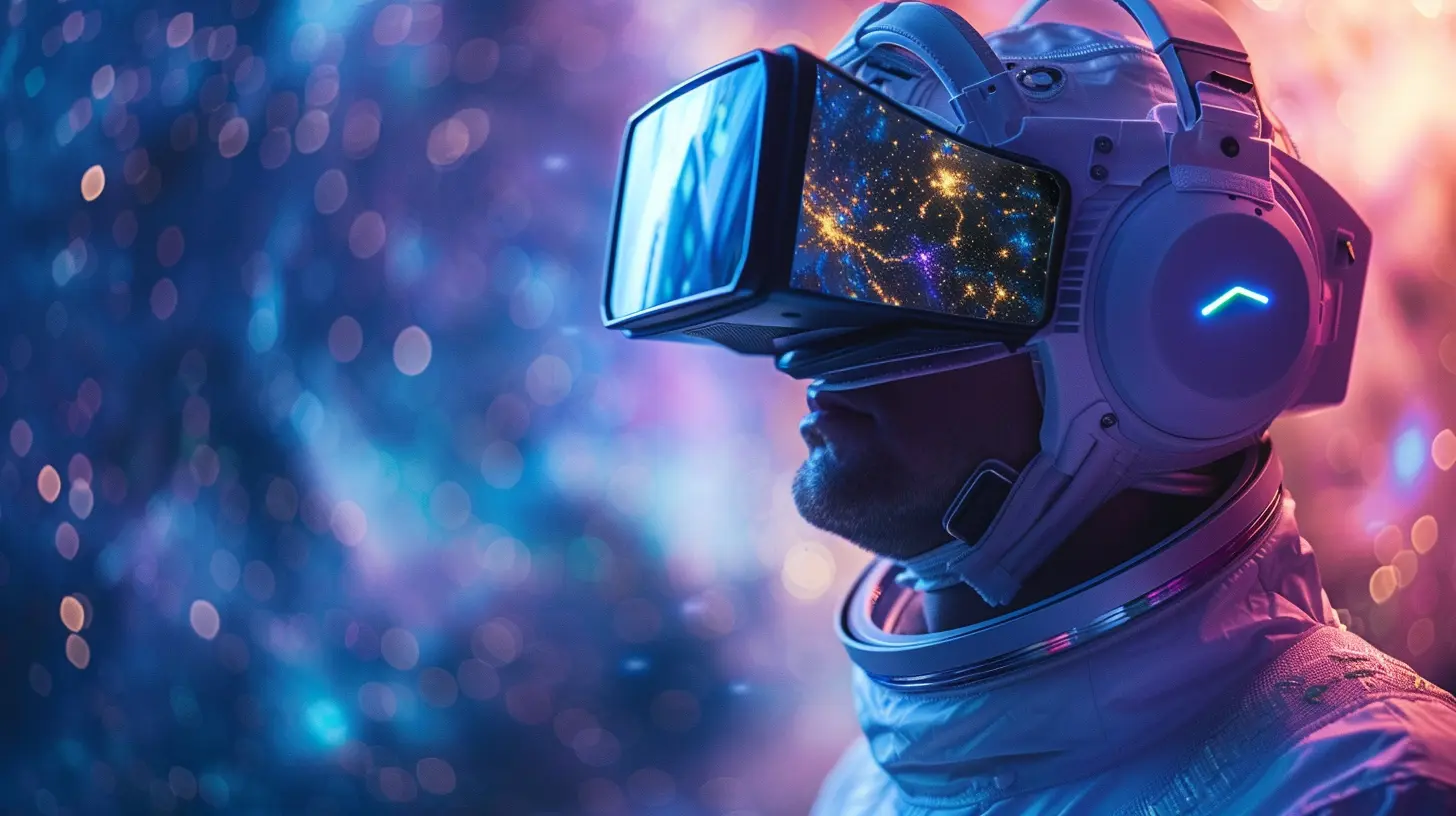Wearables in Space Exploration: Connecting Astronauts with Earth
18 October 2025
Space exploration has always been a fascinating journey. From the early days of sending satellites into orbit to landing on the moon, humanity's quest to reach the stars seems endless. Yet, as we push further into the cosmos, the need for technology that keeps astronauts connected with Earth has become increasingly vital. Enter wearables. These nifty gadgets, which most of us associate with fitness trackers or smartwatches, are making waves in space exploration too. But how exactly are wearables helping astronauts stay connected with Earth? Let’s dive deep into this fascinating topic.

The Importance of Communication in Space
Imagine being millions of miles away from Earth, floating in the vast emptiness of space. Sounds exhilarating, right? But it’s also incredibly isolating. Effective communication between astronauts and mission control is not just important—it’s a matter of life and death. Whether it’s monitoring their vitals, keeping track of their daily activities, or ensuring that they can communicate during emergencies, astronauts rely on constant contact with Earth.In space, you can’t exactly pick up a phone and call someone. Signals need to travel thousands, sometimes millions, of miles. Wearable technology, with its ability to quickly collect and transmit data, is becoming a crucial tool for maintaining that connection.

What Are Wearables in Space Exploration?
When we hear about wearables, we immediately think of devices like the Apple Watch or Fitbit. In space, however, wearables take on a whole new meaning. These aren’t just gadgets for counting steps or checking text messages. They’re designed to help astronauts survive in the most extreme environments known to man.Wearables in space exploration are sophisticated devices equipped with sensors that monitor everything from an astronaut’s heart rate to their oxygen levels. They track body temperature, monitor radiation exposure, and even detect changes in psychological states. These devices are lightweight, unobtrusive, and designed to interact seamlessly with spacecraft systems, ground control, and other astronauts.
Types of Wearables Used in Space
There are several types of wearables currently in use or being developed for space exploration. Let’s take a look at some of the key ones:1. Smart Suits
You’ve probably seen astronauts in those iconic bulky white space suits. But did you know that these suits are evolving into smart suits? These advanced suits are embedded with sensors that monitor an astronaut's health in real-time. They track vital signs like heart rate, blood pressure, and even hydration levels. If something goes wrong, the suit can alert both the astronaut and mission control instantly.2. Health Monitoring Devices
Astronauts undergo extreme physical and psychological stress while in space. Wearable health monitors are crucial for tracking their well-being. Devices like smart patches or wristbands can measure heart rate, sleep patterns, and other physical parameters to ensure that astronauts remain healthy. These gadgets even track stress levels, helping mission control understand how astronauts are coping emotionally.3. Smart Glasses
Think of these as a space-age version of Google Glass. These smart glasses provide astronauts with hands-free access to critical information. Whether it’s displaying navigation data, offering instructions for repairs, or helping astronauts communicate with mission control, smart glasses are becoming an essential tool for space exploration. They allow astronauts to focus on the task at hand without needing to stop and reference a manual or tablet.4. Radiation Sensors
Space is filled with harmful radiation that can seriously affect an astronaut's health. Wearable radiation sensors track exposure levels and alert astronauts when they’re in danger. These devices are often embedded into the suits or worn as a separate patch, constantly monitoring the environment. This data is sent back to Earth, where experts analyze it and offer advice on how to minimize exposure.5. AR and VR Headsets
In space, astronauts often need to conduct intricate repairs or perform scientific experiments. Augmented Reality (AR) and Virtual Reality (VR) headsets are revolutionizing how these tasks are carried out. By overlaying information or simulating environments, these headsets help astronauts visualize complex tasks, making repairs more efficient and experiments more accurate. Plus, they can even use VR to "escape" the confines of the spacecraft and experience virtual environments, which has a significant psychological benefit.
How Wearables Keep Astronauts Connected with Earth
You might be thinking, “Okay, so astronauts wear these cool gadgets, but how does that keep them connected with Earth?” Great question!1. Real-Time Data Transmission
One of the primary functions of wearables in space is to collect data in real time and send it back to Earth. Imagine mission control being able to monitor an astronaut’s heart rate, breathing patterns, or stress levels as they perform a spacewalk. If anything looks off, mission control can immediately jump in with advice or even initiate emergency protocols. It’s like having a digital lifeline tethering astronauts to Earth.2. Biometric Feedback
Wearables provide constant biometric feedback, which is invaluable for medical teams on Earth. They track everything from blood oxygen levels to muscle activity, ensuring astronauts remain in top physical condition. If an astronaut’s health starts to decline, mission control can intervene, whether that’s adjusting their workload, recommending more rest, or providing medical treatment.3. Enhanced Communication Tools
Smart wearables, like AR glasses or smart helmets, enhance communication between astronauts and Earth. Instead of relying solely on verbal communication, astronauts can now receive visual data feeds, checklists, or instruction manuals right in their line of vision. This reduces the margin for error, especially when they’re working in high-pressure environments like spacewalks.4. Psychological Support
Space is not only physically demanding but also mentally exhausting. The isolation, confinement, and the knowledge that you’re millions of miles from home can take a toll. Wearable tech plays a role in monitoring astronauts’ mental health by tracking sleep patterns, stress levels, and even mood changes. This data is sent back to Earth, where psychologists and medical professionals can offer support or advice to help astronauts manage the psychological challenges of space travel.
The Challenges of Wearables in Space
While wearable technology in space is incredibly promising, it’s not without its challenges. After all, space is an unforgiving environment, and designing gadgets that can withstand extreme temperatures, radiation, and zero gravity is no small feat.1. Durability
Wearables used in space need to be incredibly durable. They must function in extreme conditions, from the freezing cold of space to the intense heat when re-entering Earth’s atmosphere. They also need to be resistant to radiation, which can interfere with electronic devices.2. Battery Life
Astronauts cannot just plug in their devices to charge them. Wearables in space need to have long-lasting battery life or, better yet, be powered by renewable energy sources like solar panels. Engineers are constantly working to improve battery efficiency for these devices.3. Data Security
The data collected by wearables is extremely sensitive. Not only is it crucial for the safety of astronauts, but it’s also valuable scientific data. Ensuring that this data is transmitted securely without being compromised is a major challenge, especially when signals are traveling over vast distances.4. User Comfort
Astronauts already wear bulky suits and have limited mobility. Wearables need to be lightweight and comfortable so that they don’t interfere with their day-to-day activities. Engineers are constantly working on making these devices smaller, lighter, and more ergonomic.The Future of Wearables in Space Exploration
We’ve only scratched the surface of what wearables can do in space. As technology continues to evolve, so too will the capabilities of these devices. In the future, we might see wearables that can monitor even more aspects of astronaut health, communicate more efficiently with Earth, and even help astronauts navigate new planets.Imagine a future where astronauts wear suits that can automatically adjust to environmental conditions, or helmets that provide real-time translations when communicating with alien life forms (hey, a person can dream!). The potential for wearables in space exploration is limitless.
Conclusion
Wearable technology is transforming space exploration in ways we could have never imagined. These devices are not just gadgets—they’re lifelines that keep astronauts connected with Earth, ensuring their safety and well-being as they venture into the unknown. From smart suits to AR glasses, wearables are the future of space exploration, helping humanity take its next giant leap towards the stars.As we continue to explore the cosmos, one thing is certain: wearables will play a critical role in ensuring astronauts stay connected, healthy, and ready for whatever challenges space may throw at them.
all images in this post were generated using AI tools
Category:
Wearable DevicesAuthor:

Michael Robinson
Discussion
rate this article
1 comments
Natalia Morrow
Finally, astronauts can ditch the ‘Can you hear me now?’ struggle! With wearables, they’ll be texting Earth like, ‘Found a new planet, but still no Wi-Fi. Send snacks!’
October 20, 2025 at 12:54 PM

Michael Robinson
Absolutely! Wearables are revolutionizing communication in space, making it easier for astronauts to stay connected and share their discoveries in real time.


